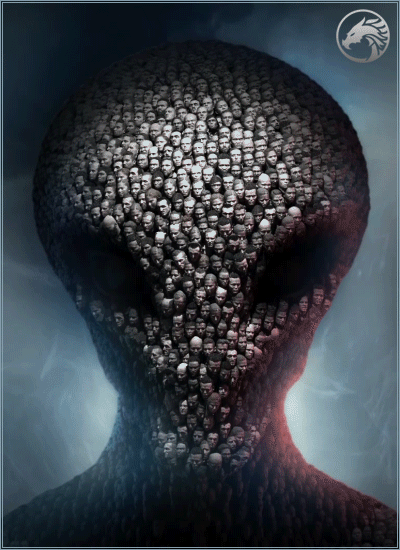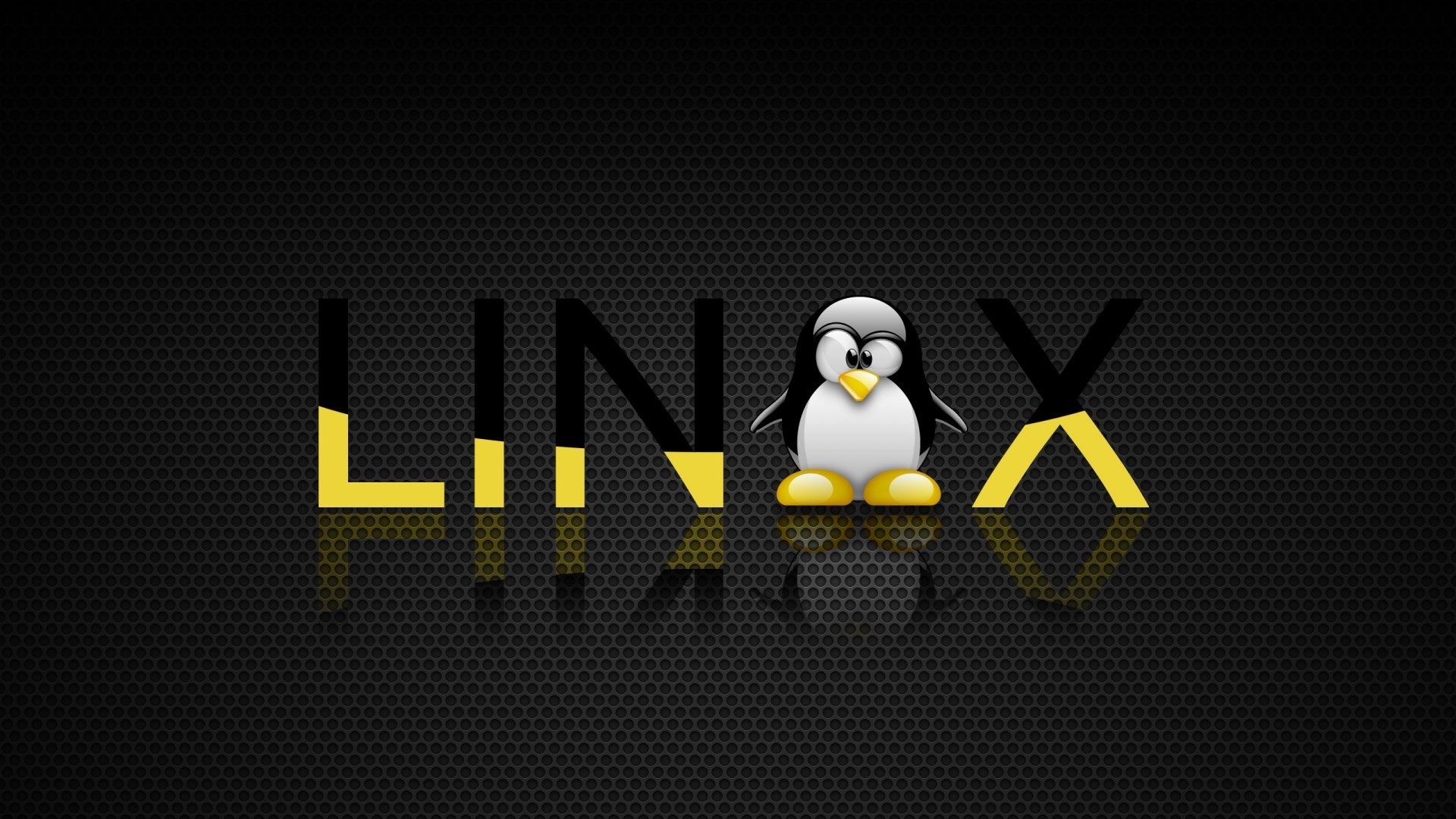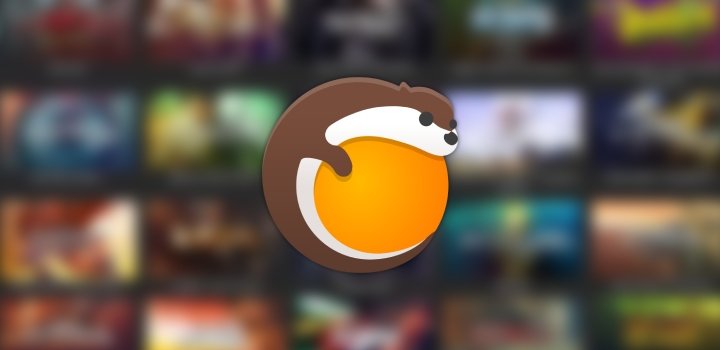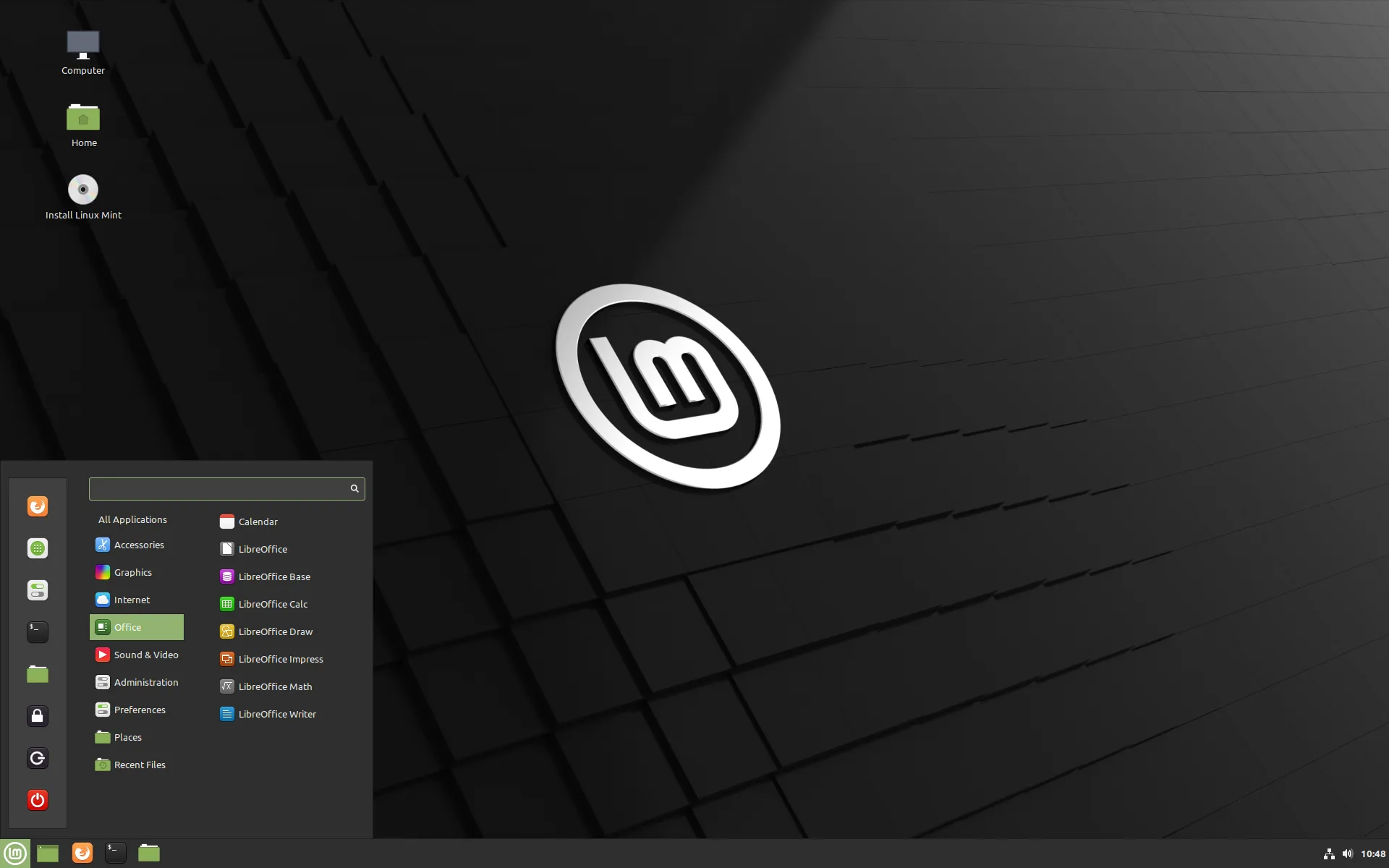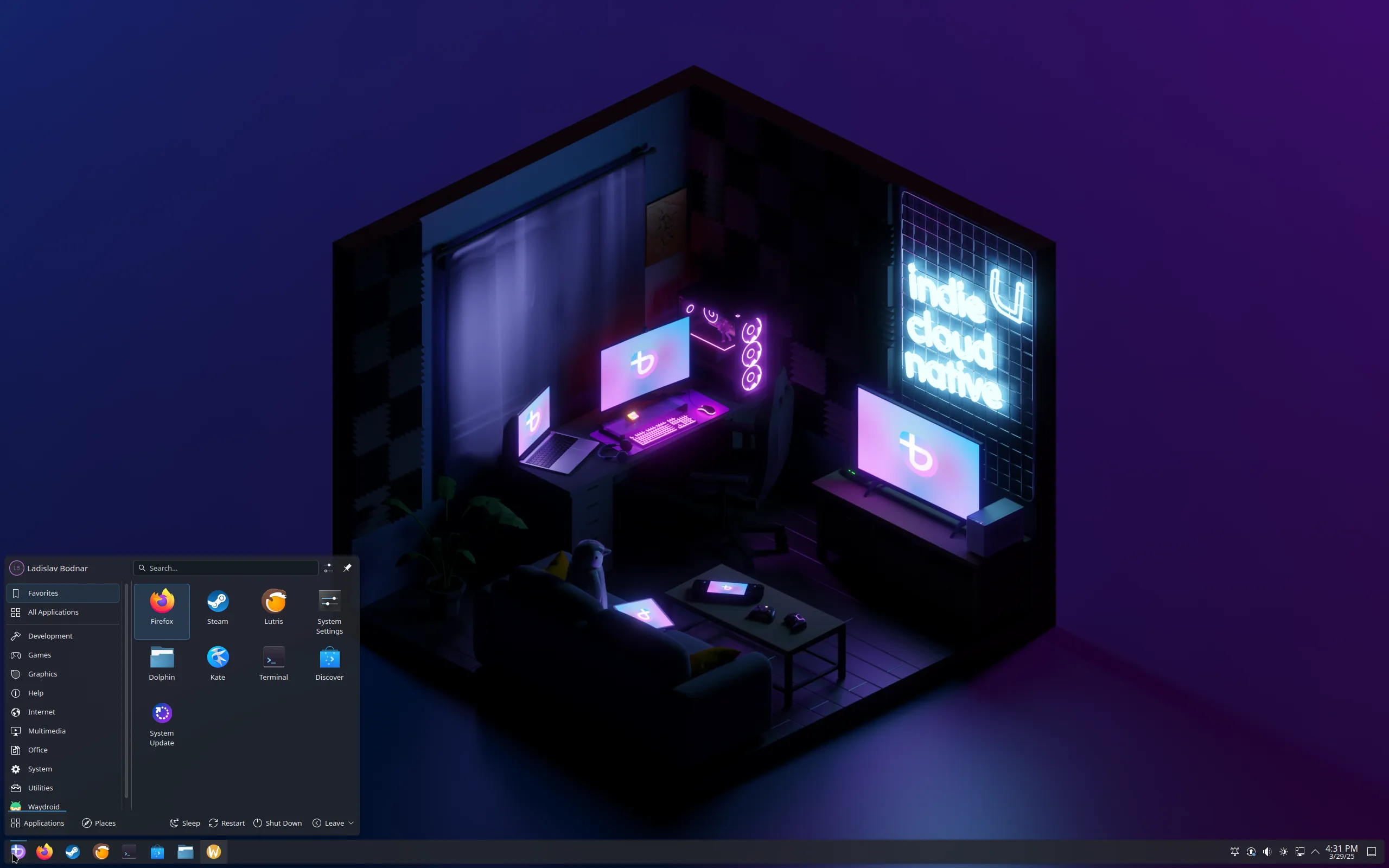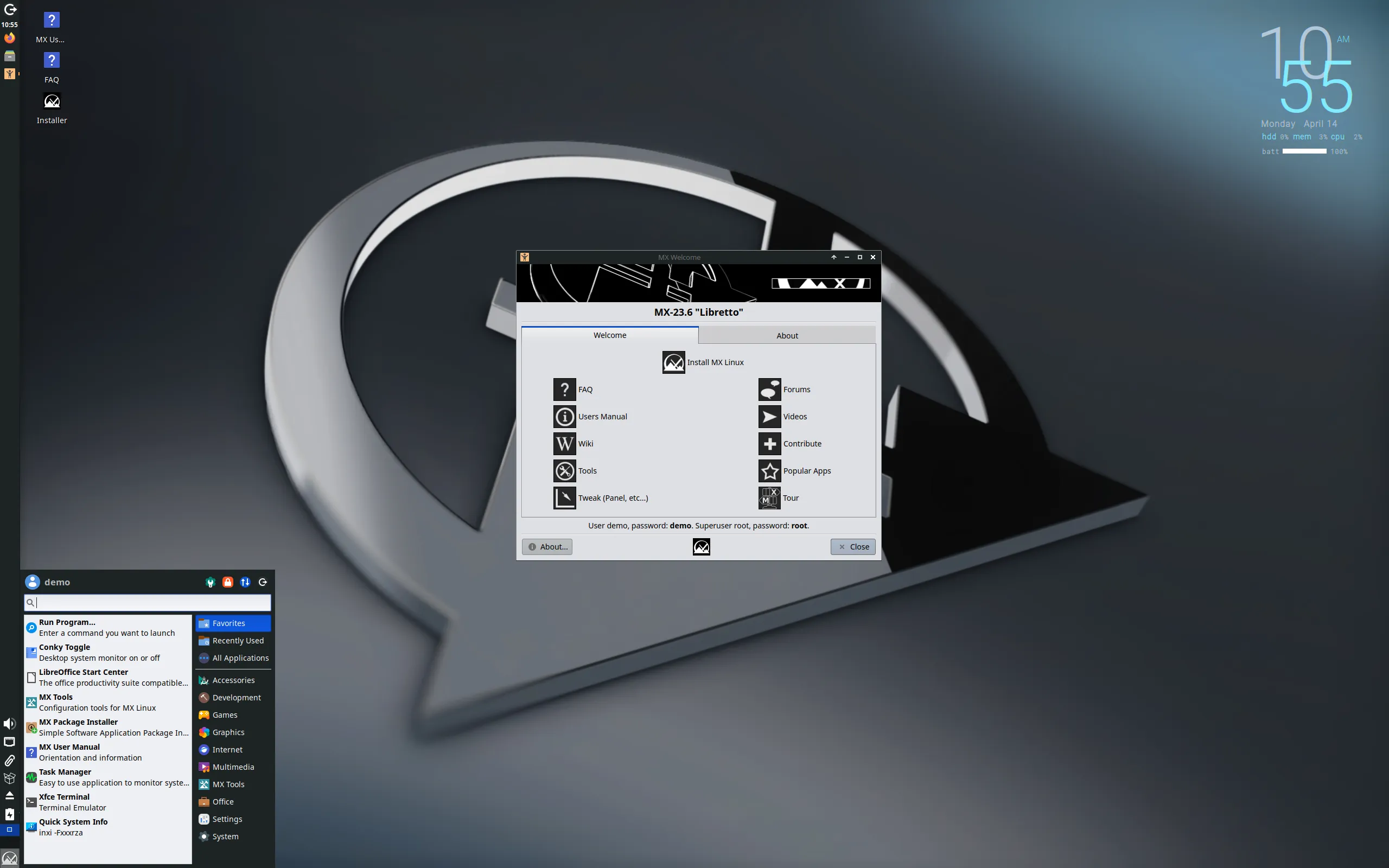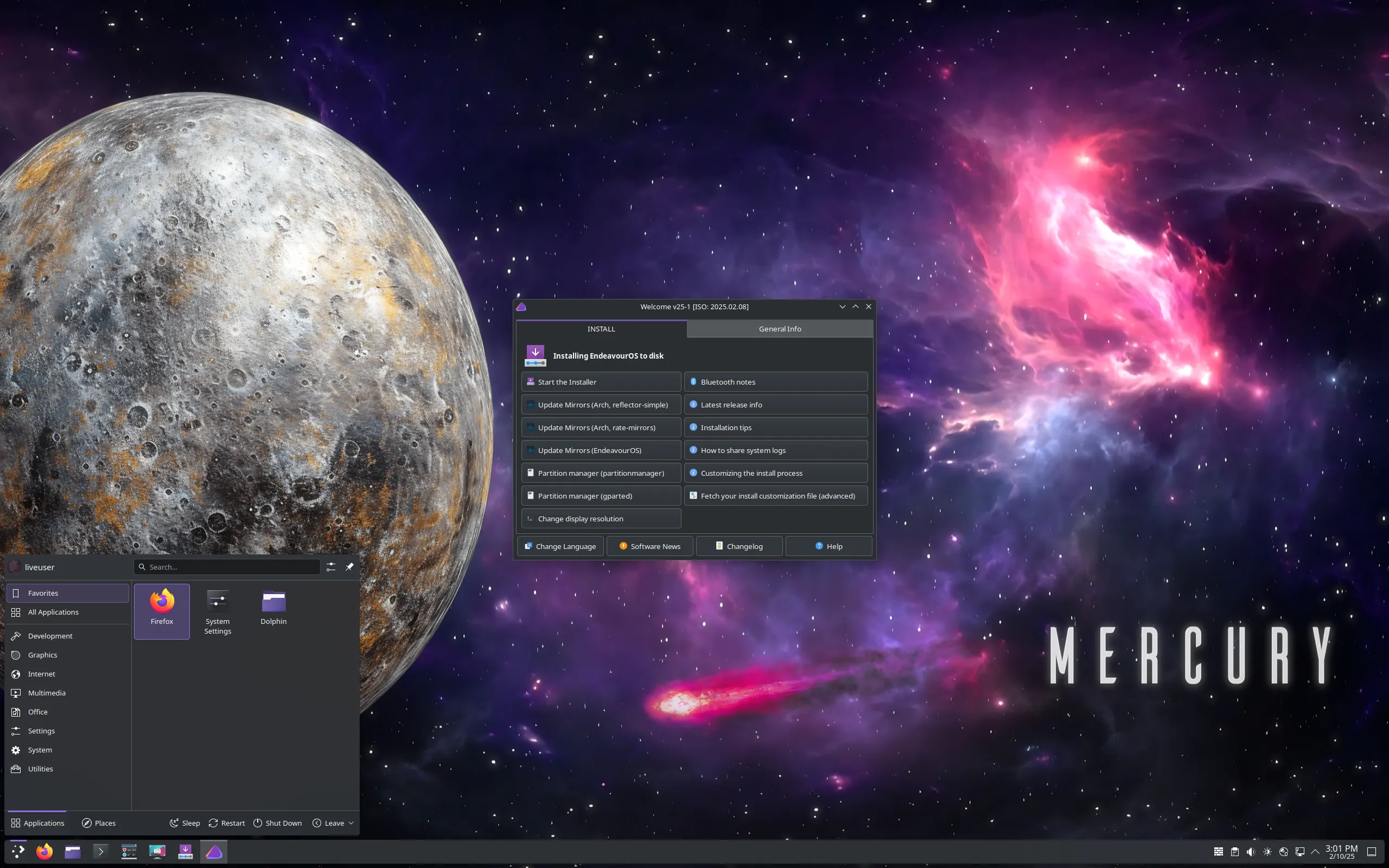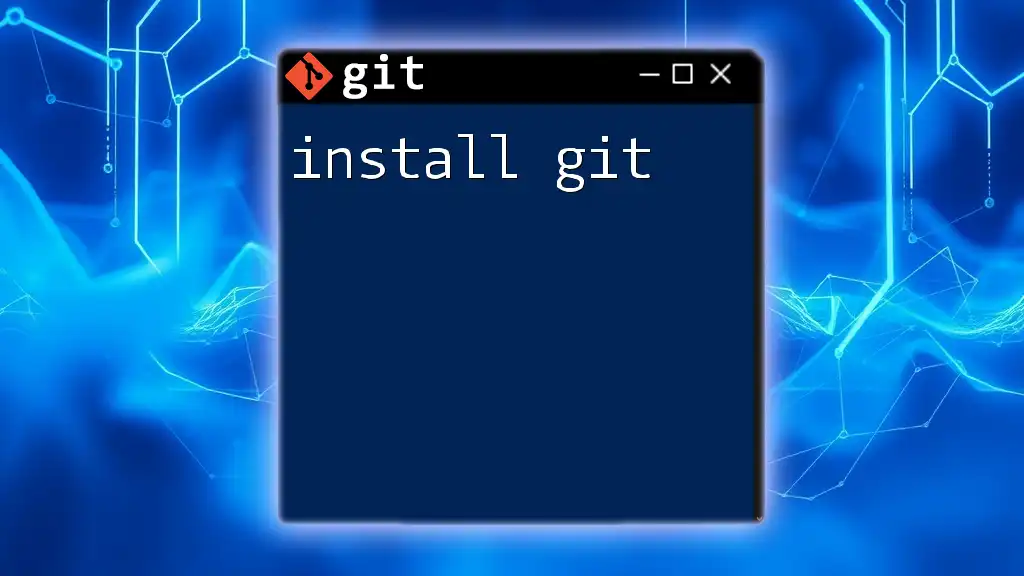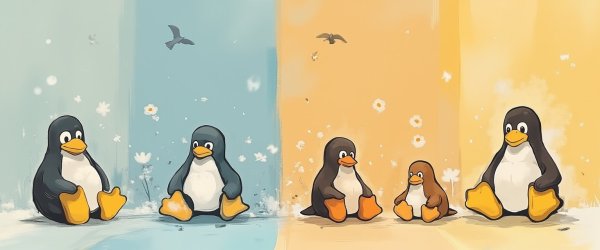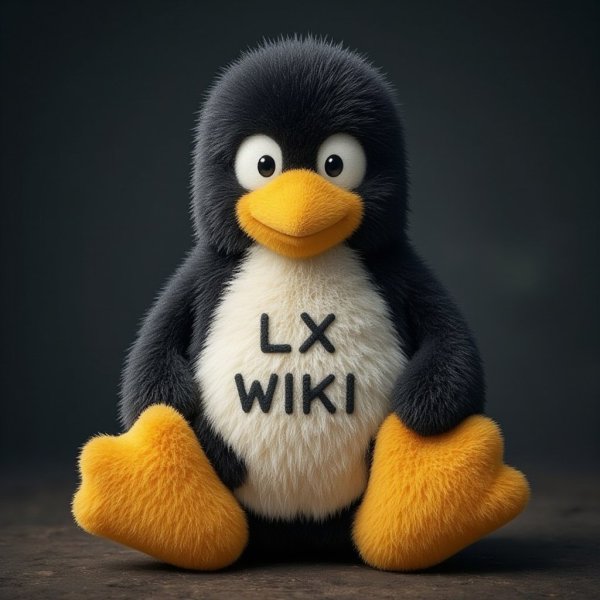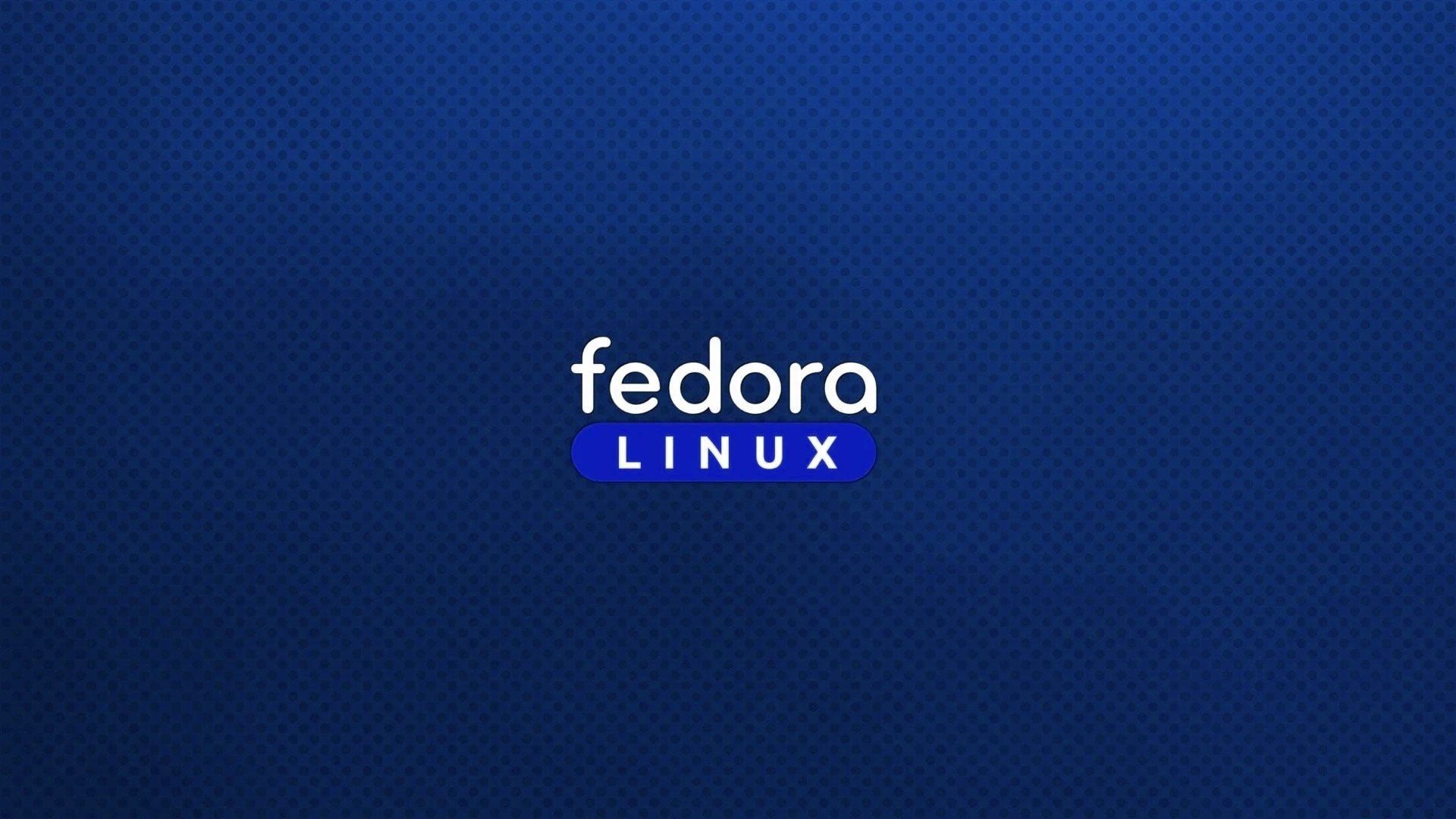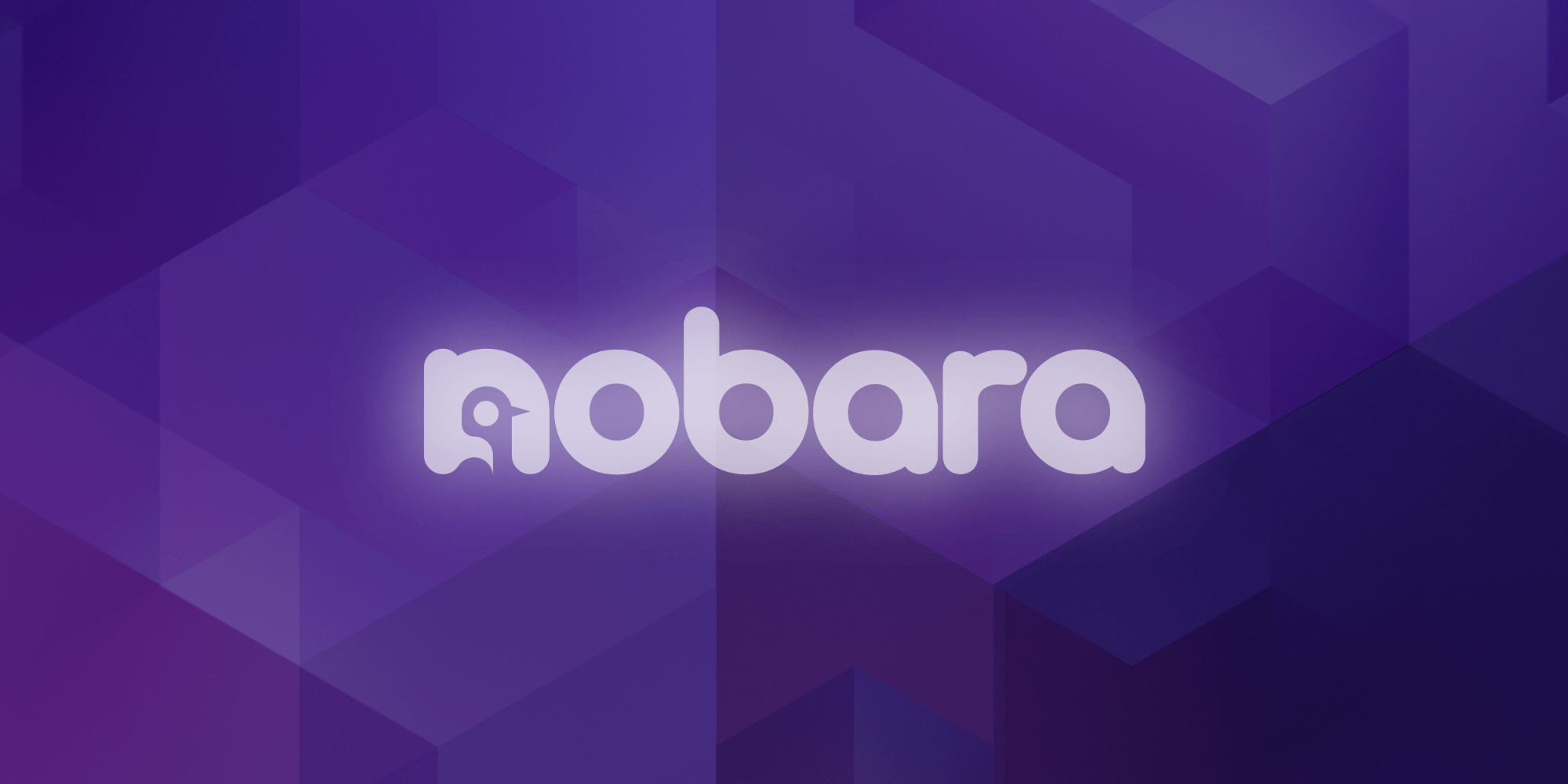This is a brand new site so content is lacking. You can help by adding content. Staff will add content over time.
All Activity
- Earlier
-
Mounting A Samba Share In Fedora
In my use case this was to get my Jellyfin server up and running to a point where it would actually see my network drive to be able add library folders. Now, a few important notes. The below steps works perfectly fine to just mount a network drive and have it mounting on every boot, if you just need to access the folders for file access. In my case, with jellyfin, I had to create a folder outside of the /home folder due to permissions. So, if you are planning on using this for a media server I would recommend mounting to the /media folder instead or any location that is not /home. Let's get started by opening up the terminal. And yes, I've spent many hours trying to find a gui option for this since I hate the terminal. But, this was in the end the easiest way. MountingFirst, we create a mount point: mkdir /media/folder/optionalfolder Then install utils (could already be installed but do it anyway just in case: sudo yum install samba-client samba-common cifs-utils Test the connection to our server. Before doing this you need to know the local IP address to your server. The easiest way in my opinion is to just connect to your router and see what's connected. Lets assume your network drive has IP 100: smbclient -L 192.168.0.100/ -U YourUserName # Enter password for user "YourUserName" # Once it connects, just exit Now mount the share the default linux way, in terminal of course 😒: sudo mount -t cifs -o username=YourUserName //192.168.0.100/ /media/folder # Enter password for user "YourUserName" From here we are good to go. But if you want the drive to be persistent, we need to create a credentials file and then edit fstab: Automount at loginCreate your password in a single file on your home drive. This does not have to be done in the terminal, I used the text editor Kate for this. In the terminal: sudo touch ~/.smbcreds sudo vi .smbcreds Enter your Windows username and password in the file: username=YourUserName password=YourPAsswordThen set permissions for the file in terminal. chmod 600 ~/.smbcreds Now we add to /etc/fstab (auto-mount). again, don't have to be done in the terminal. sudo vi /etc/fstab Add: //192.168.0.100/ /media/folder/optionalfolder cifs credentials=/home/user/.smbcreds,_netdev,defaults 0 0And that's it. Your network drive will no show up as a mounted drive and you can access it just like a normal drive or partition.
- What is Ubuntu?
-
What is Linux
Linus Benedict Torvalds Born: 28 December 1969 (age 55), Helsinki, Finland Nationality: Finnish American Occupation: Software engineer Employer: Linux Foundation Known for: Linux, Git Spouse: Tove Torvalds Children: 3 Parent(s): Nils Torvalds (father), Anna "Mikke" Torvalds (née Törnqvist, mother) Relatives: Sara Torvalds (sister), Leo Törnqvist (grandfather), Ole Torvalds (grandfather) LinuxLinux is a family of open source Unix-like operating systems based on the Linux kernel, an operating system kernel first released on September 17, 1991, by Linus Torvalds. Linux is typically packaged as a Linux distribution, which includes the kernel and supporting system software and libraries, most of which are provided by third parties to create a complete operating system, designed as a clone of Unix and released under the copyleft GPL license. Thousands of Linux distributions exist, many based directly or indirectly on other distributions; popular Linux distributions include Debian, Fedora Linux, Linux Mint, Arch Linux, and Ubuntu, while commercial distributions include Red Hat Enterprise Linux, SUSE Linux Enterprise, and ChromeOS. Linux distributions are frequently used in server platforms. LinusLinus Benedict Torvalds (born 28 December 1969) is a Finnish software engineer who is the creator and lead developer of the Linux kernel. He also created the distributed version control system Git. He was honored, along with Shinya Yamanaka, with the 2012 Millennium Technology Prize by the Technology Academy Finland "in recognition of his creation of a new open source operating system for computers leading to the widely used Linux kernel". He is also the recipient of the 2014 IEEE Computer Society Computer Pioneer Award[5] and the 2018 IEEE Masaru Ibuka Consumer Electronics Award. The first Linux prototypes were publicly released on the Internet in late 1991 from an FTP server at his university. Version 1.0 was released on 14 March 1994.
-
What is Ubuntu?
Ubuntu OS Type: Linux Based on: Debian Origin: Isle of Man Architecture: armhf, ppc64el, riscv, s390x, x86_64 Desktop: GNOME, Unity Category: Beginners, Desktop, Immutable, Server, Live Medium Status: Active Ubuntu is a complete desktop Linux operating system, freely available with both community and professional support. The Ubuntu community is built on the ideas enshrined in the Ubuntu Manifesto: that software should be available free of charge, that software tools should be usable by people in their local language and despite any disabilities, and that people should have the freedom to customize and alter their software in whatever way they see fit. "Ubuntu" is an ancient African word, meaning "humanity to others". The Ubuntu distribution brings the spirit of Ubuntu to the software world.
-
What is Lutris
Lutris Developer(s): Community, Mathieu Comandon Initial release: February 23, 2010 Written in: Python, GObject Operating system: Linux Available in: English License: GNU General Public License Website: https://lutris.net/ Lutris is a free and open source game manager for Linux-based operating systems developed and maintained by Mathieu Comandon and the community, released under the GNU General Public License. For games that require using Wine, community installer scripts are available that automatically configure the Wine environment. Lutris also offers integration for software purchased from GOG, Humble Bundle, Steam, and Epic Games Store; those can be launched directly through the Lutris application. Additionally, Lutris supports over 20 emulators including DOSBox, ScummVM, MAME, Snes9x, Dolphin, PCSX2 and PPSSPP. In 2013, when Steam support was first added to Lutris, OMG! Ubuntu! noted that the database of Lutris games had thus far been limited. They also noted that while it was possible to submit installers for the Lutris database, each addition needed to be manually approved by the Lutris development team.
-
What is Linux Mint?
Linux Mint OS Type: Linux Based on: Debian, Ubuntu (LTS) Origin: Ireland Architecture: i686, x86_64 Desktop: Cinnamon, MATE, Xfce Category: Beginners, Desktop, Live Medium Status: Active Linux Mint is an Ubuntu-based distribution whose goal is to provide a classic desktop experience with many convenient, custom tools and optional out-of-the-box multimedia support. It also adds a custom desktop and menus, several unique configuration tools, and a web-based package installation interface. Linux Mint is compatible with Ubuntu software repositories. Besides its Ubuntu-based flavour, the project also produces a separate "Debian" edition (called LMDE), based on the latest stable Debian version.
-
What is Bazzite
Bazzite OS Type: Linux Based on: Fedora Origin: Global Architecture: x86_64 Desktop: GNOME, KDE Plasma Category: Desktop, Gaming, Immutable Status: Active Bazzite is an atomic distribution based on Fedora. The Bazzite distribution is designed with gaming in mind. It can run on desktop computers, the Steam Deck, and other handheld gaming devices. The base system is read-only and packages are usually supplied using Flatpak bundles. For Nvidia users there are also a dedicated ISO to make gaming smooth on systems that are not AMD based.
-
What is MX Linux?
MX Linux OS Type: Linux Based on: Debian, antiX Origin: Greece, USA Architecture: armhf, i686, x86_64 Desktop: Fluxbox, KDE Plasma, Xfce Category: Desktop, From RAM, Live Medium, Old Computers, Raspberry Pi Status: Active MX Linux, a desktop-oriented Linux distribution based on Debian's "Stable" branch, is a cooperative venture between the antiX and former MEPIS Linux communities. Using Xfce as the default desktop (with separate KDE Plasma and Fluxbox editions also available), it is a mid-weight operating system designed to combine an elegant and efficient desktop with simple configuration, high stability, solid performance and medium-sized footprint.
-
What is EndeavourOS?
EndeavourOS OS Type: Linux Based on: Arch Origin: Netherlands Architecture: aarch64, x86_64 Desktop: Budgie, Cinnamon, GNOME, i3, KDE Plasma, LXQt, MATE, Xfce Category: Desktop, Live Medium, Raspberry Pi Status: Active EndeavourOS is a rolling release Linux distribution based on Arch Linux. The project aims to be a spiritual successor to Antergos - providing an easy setup and pre-configured desktop environment on an Arch base. EndeavourOS offers both off-line and on-line install options. The off-line installer, Calamares, uses the KDE Plasma desktop by default. The on-line installer can install optional software components, including most popular desktop environments.
-
Install different Python versions on Arch based distros
So I use stuff that requires older versions of python, problem is newer distros comes with the newest version which at this moment is 3.13 and I need 3.11. The solution is simple. Run the following command to install any version. yay -S python311 python3.11 --version python3.11 -m venv env Replacing the version number with the one you need.
-
Install Git on Fedora Linux
Git is a powerful and widely used distributed version control system (VCS) essential for managing code projects. It allows you to track changes, collaborate effectively, and revert to previous versions if necessary. This guide will walk you through the straightforward process of installing Git on your Fedora Linux system. PrerequisitesA Fedora Linux system with an active internet connection. Basic understanding of using the terminal. Administrative privileges (sudo access) on your system. Method 1: Installing Git from Default RepositoryThis method is the easiest way to get Git up and running on your Fedora system. The official Fedora repositories contain stable versions of Git, and they ensure compatibility with the system. Open a Terminal Window::Press Ctrl + Alt + T or search for “Terminal” in your applications menu to launch a terminal window. Update Package Lists (Optional but Recommended): It’s a good practice to ensure your system has the latest package information: sudo dnf update Install Git: Use the dnf package manager, specifically designed for Fedora and related distributions, to install Git: sudo dnf install git git-all The git-all package includes additional Git utilities for a more comprehensive Git experience. Verify Installation: Check if Git is installed correctly by running the following command: git --version A successful installation will display the installed Git version. Method 2: Installing Git from Latest Source CodeFor those who need the latest features or fixes from the Git software, compiling from source might be the preferred route. This method is a bit more involved but offers the most up-to-date version of Git. Install Required Dependencies: To compile Git from source, several development tools and libraries are needed. Install them using: sudo dnf groupinstall "Development Tools" sudo dnf install zlib-devel perl-CPAN gettext Download the Latest Git Source Code: Navigate to the official Git website or repository to find the link to the latest source code. Alternatively, you can use wget or curl to fetch it directly. Here’s how to do it with wget: wget https://github.com/git/git/archive/refs/tags/v2.44.0.tar.gz Replace [2.44.0] with the desired version number. Extract the Tarball and Navigate to the Directory: tar -xvzf v2.44.0.tar.gz cd git-2.44.0 Compile and Install: Execute the following commands in order: ./configure --prefix=/usr make sudo make install Verify Installation: Check if Git is installed correctly by running the following command: git --version This command should display the version you just installed, confirming that the installation process was successful.
- 2025-08-05_2114078711.jpg
- 2025-08-05_2128477417.jpg
- 2025-08-05_961532194.jpg
- 2025-08-05_1217200012
- 2025-08-05_1538910580.jpg
-
What is your go to distro?
I think most of us have tried a ton of different distros and never really settle with a certain one. But, what is your go to distro? The one you always come back to. If your choice is not in the poll, add a comment. Also explain why your chosen distro is your choice.
-
Category Suggestions
Suggest categories to add content to in the wiki.
-
Tag suggestions
Suggest tags for staff to add that can be used throughout the site.
-
-
What is Fedora Linux?
Fedora Linux OS Type: Linux Based on: Independent Origin: USA Architecture: aarch64, arm, ppc64le, s390x, x86_64 Desktop: Awesome, Budgie, Cinnamon, Enlightenment, i3, GNOME, KDE Plasma, LXDE, LXQt, MATE, Openbox, Ratpoison, Xfce Category: Desktop, Immutable, Server, Live Medium Status: Active Fedora Linux (formerly Fedora, formerly Fedora Core) is a Linux distribution developed by the community-supported Fedora Project and owned by Red Hat. Fedora Linux contains software distributed under a free and open-source license and aims to be on the leading edge of such technologies. Fedora has a reputation for focusing on innovation, integrating new technologies early on and working closely with upstream Linux communities. The default desktop in Fedora Linux is the GNOME desktop environment and the default interface is the GNOME Shell. Other desktop environments, including KDE, Xfce, LXDE, MATE and Cinnamon, are available. The Fedora project also distributes custom variations of Fedora called Fedora spins. These are built with specific sets of software packages, offering alternative desktop environments or targeting specific interests such as gaming, security, design, scientific computing and robotics.
-
Star Citizen on Linux - Quick Start Guide
PrerequisitesInstall Wine v9.4 or newer from your distro's repos. If wine is not available from your distro's repos, you may follow the instructions on the winehq website. Install winetricks 20250102 or newer from your distro's repos. Links, if needed, are on the winetricks github Select an install location where you have space for the entire game, approximately 130GB Must be a linux-formatted SSD We do not recommend an HDD or NTFS format Installation StepsIf using an immutable distro (ie. Bazzite, Silverblue), we recommend the flatpak installation. Download the LUG Helper (Select the .tar.gz. Distro packages are listed here) Launch the LUG Helper and select Install Star Citizen Allow the Preflight Check to fix any issues it finds before proceeding! You may instruct the Helper to install the Wine prefix (this contains the game) to any linux-formatted partition. After the install completes, run the RSI Launcher, log in, and click Install to finish installing the game. Do not change the default install location C:\Program Files\Roberts Space Industries! Launch the game. See you in the 'verse! Full article and thanks to Starcitizen-lug here.Download lug-helper-4.2.tar.gz
-
What is Nobara Linux?
Nobara Linux OS Type: Linux Based on: Fedora Origin: USA Architecture: x86_64 Desktop: GNOME, KDE Plasma Category: Desktop, Live Medium Status: Active Website: https://nobaraproject.org/ Wiki: https://wiki.nobaraproject.org/ Download: https://nobaraproject.org/download-nobara/ The Nobara Project, to put it simply, is a modified version of Fedora Linux with user-friendly fixes added to it. Fedora is a very good workstation OS, however, anything involving any kind of 3rd party or proprietary packages is usually absent from a fresh install. A typical point and click user can often struggle with how to get a lot of things working beyond the basic browser and office documents that come with the OS without having to take extra time to search documentation. Some of the important things that are missing from Fedora, especially with regards to gaming include WINE dependencies, obs-studio, 3rd party codec packages such as those for gstreamer, 3rd party drivers such as NVIDIA drivers, and even small package fixes here and there. This project aims to fix most of those issues and offer a better gaming, streaming, and content creation experience out of the box. More importantly, we want to be more point and click friendly, and avoid the basic user from having to open the terminal. It’s not that the terminal and/or terminal usage are a bad thing by any means, power users are more than welcome to continue with using the terminal, but for new users, point and click ease of use is usually expected. It should be clarified that this distribution is -NOT- to be considered a ‘Fedora Spin’. A Fedora Spin is an official Fedora released version of a desktop environment (such as gnome/kde). We are a completely independent project from Fedora, and there are no Fedora developers or parties directly involved. We use Fedora packages, code, and repositories. That is the extent of it.
